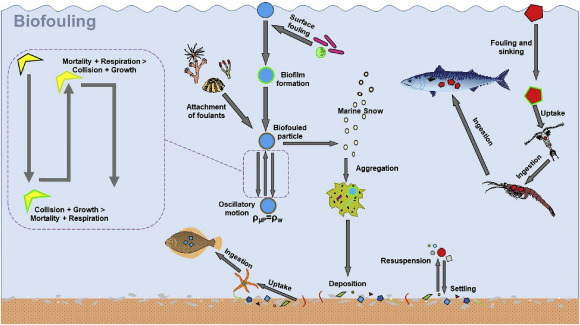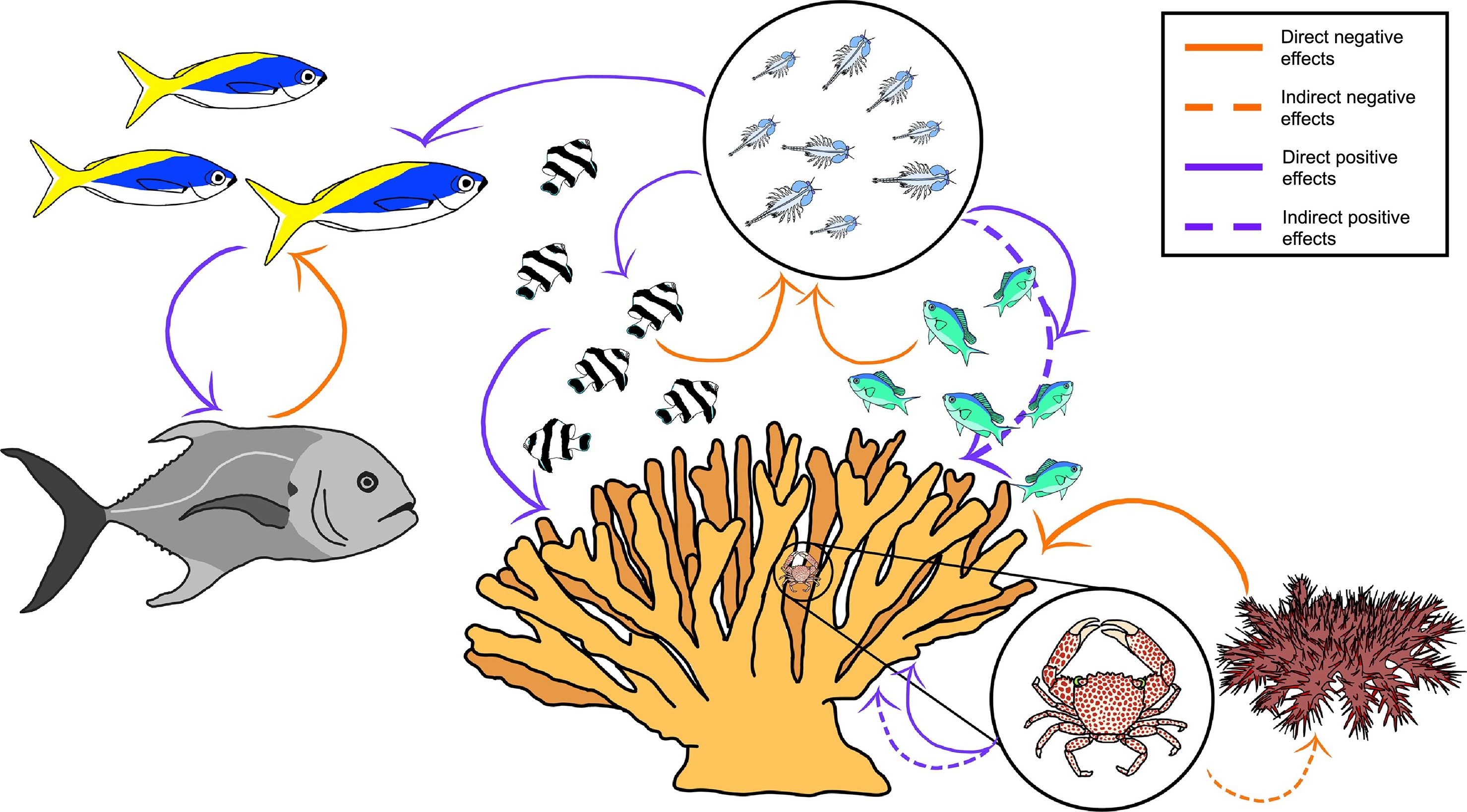Biomedical Signal Processing and Control, Volume 62, September 2020
Objective imaging-based biomarker discovery for psychiatric conditions is critical for accurate diagnosis and treatment. Using a machine learning framework, this work investigated the utility of brain's functional network topology (complex network features) extracted from functional magnetic resonance imaging (fMRI) functional connectivity (FC) as viable biomarker of autism spectrum disorder (ASD). To this end, we utilized resting-state fMRI data from the publicly available ABIDE dataset consisting of 432 ASD patients and 556 matched healthy controls.
Transportation Research Part A: Policy and Practice, Volume 139, September 2020
Although the last decades have seen an advance in equality and empowerment for women, there are still numerous challenges to be addressed. Among them, and particularly pressing in cities, are issues of gender-based violence, including sexual harassment in public spaces. Despite the numerous effects that street harassment has on women, and the high incidence of it in different countries, this issue has not been broadly studied, and even less so in cities in the Global South.
International Journal of Hygiene and Environmental Health, Volume 230, September 2020
Background: Access to safe sanitation and the elimination of open defecation are pre-conditions for improved child health and nutrition and wider achievement of the Sustainable Development Goals (SDGs). While Indonesia has a solid policy framework, the country ranks third globally in terms of numbers of people practicing open defecation. Objectives: Our aim was to assess the effectiveness of a five-year strategy to reduce open defecation through accelerating implementation of the national sanitation program across districts receiving variable levels of external support.
Case Studies in Chemical and Environmental Engineering, Volume 2, September 2020
As the global production of plastics continues to accelerate, the ubiquitous presence of microplastics (μPs) has emerged as a significant marine problem. To comprehend fully the potential impacts and ecological harm caused by μPs it is vital that there is an understanding of their potential sources and sinks; the processes affecting their distribution; and their uptake and exchange in ecosystems.
Food Webs, Volume 24, September 2020
Ecology plays a central role in the management and conservation of ecosystems. However, as coral restoration emerges as an increasingly popular method of confronting the global decline of tropical coral reefs, an ecological basis to guide restoration remains under-developed. Here, we examine potential contributions that trophic ecology can make to reef restoration efforts. To do so, we conducted a comprehensive review of 519 peer-reviewed restoration studies from the past thirty years.
Journal of Mathematical Behavior, Volume 59, September 2020


